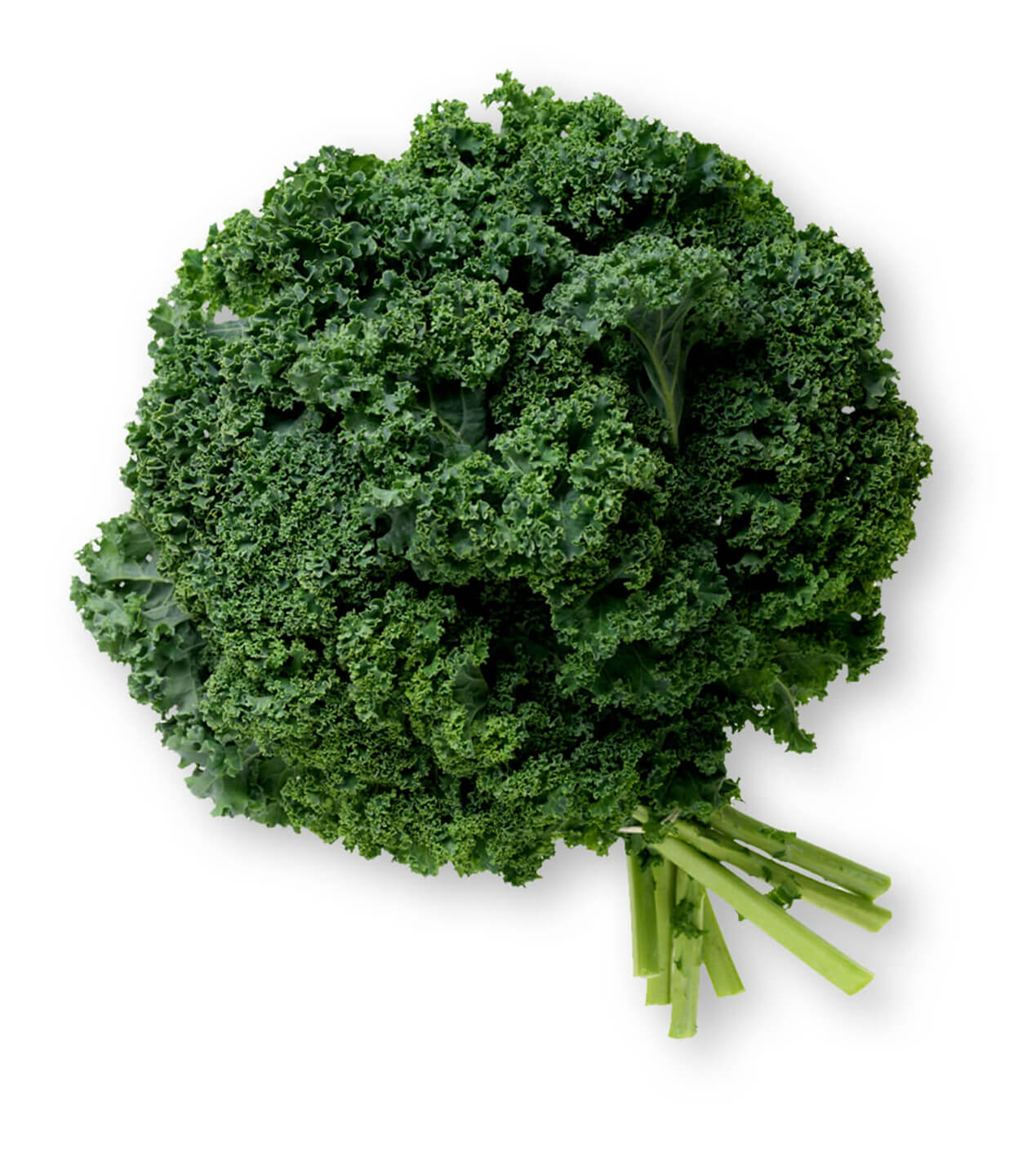Pro Tip:
All leafy greens should be washed thoroughly prior to use, and you can further increase the crispness of your leafy greens by allowing them to soak in ice water for up to 30 minutes. Leafy greens are made up of mostly water and begin to dehydrate as soon as they are harvested. Allowing them to soak helps them to rehydrate and increases their crispness.






